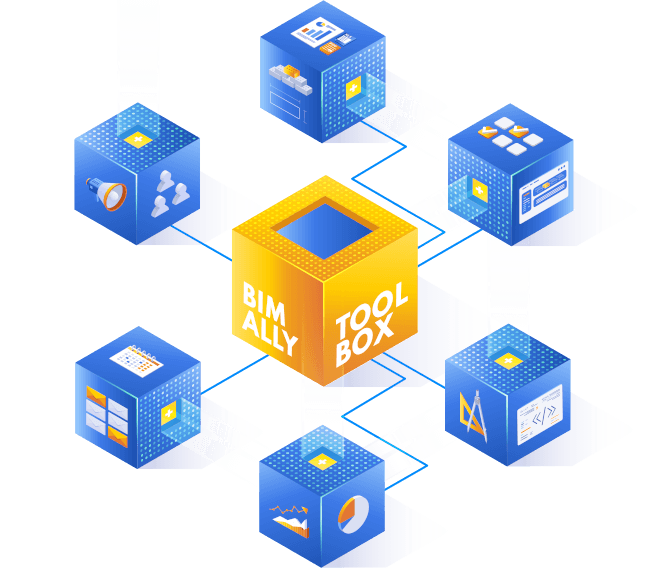A bridge of cooperation between the architect and manufacturers with the use of marketing automation

Marketing communication is an inseparable element in building a long-term partnership between enterprises and the business environment. Especially at the early stages of the development of construction digitization, producers of building materials such as aerated concrete should use the available communication options to build relationships with architects.
One of the basic tactics that will allow for efficient management and engaging designers in continuous collaboration is the implementation of the Marketing Automation concept.
What is Marketing Automation?

Marketing Automation is nothing more than a cause-and-effect relationship, resulting from a clearly defined path containing:
- Triggers – Very clearly defined cases that are or are not performed by the user, or in this case by the company providing BIM solutions
- Action – A specific action that is to happen as a result of activating a trigger
Marketing Automation, as the name suggests, enables full automation of communication based on prediction of user behavior. By correctly determining the triggers and selecting the appropriate content, the system will automatically send messages to the user who has performed or not performed the appropriate action.
Examples of the use of marketing automation.
Examples of such activities and their triggers, as well as the expected effect in the context of communication between the architect and the production company providing BIM models, below:
| Trigger | Action | Expected effect |
| Download and install BIM ALLY Plugin | Sending confirmation that the installation process has been completed | Informing the user of finalization and providing information on technical support |
| User inactivity for 10 days | Sending an e-mail reminding you about the benefits of using BIM models | User motivation to use the company’s models |
| Publication of BIM models of new products | Sending an email with information about the appearance of new models and a link to them | Informing the user about new products |
Features of effective Marketing Automation:
The effective use of marketing automation is not only the accurate definition of triggers and actions. These are also other factors that determine whether the communication between the manufacturer and the architect can develop constantly. These are:
- Personalization – Due to the data collected during registration, it is possible to use a direct message with including the name of the user. The legitimacy of using this tactic is illustrated by the results presented in the Interactive (serwis Interaktywnie) report from 2022. It shows that the opening rate (OR) of a personalized message grows on average from 7.4% to almost 19%
- Tailored message to the recipient – additional use of segmentation – e.g. for a user who is an individual architect or an employee of a larger design office, will allow for a better customization of the message
- Measurement of effectiveness – The use of performance measures that will provide information such as the number of openings or click-through rates on the links attached to the message will allow you to measure the effectiveness of individual factors. This is an excellent knowledge base for marketing or sales departments regarding which user has performed a specific activity.
Marketing automation is an area that has been present in the sales strategy for a long time, and all research still confirms its high effectiveness. So it’s time for manufacturers to use tactics such as mailing automation not only to acquire the right users and sales leads, but also to ensure that architects are satisfied and they use specific product models as often as possible.


BIM ALLY TOOLBOX will equip your company with tools and services, thanks to which you will be able to effectively manage cooperation with both current and newly acquired designers.